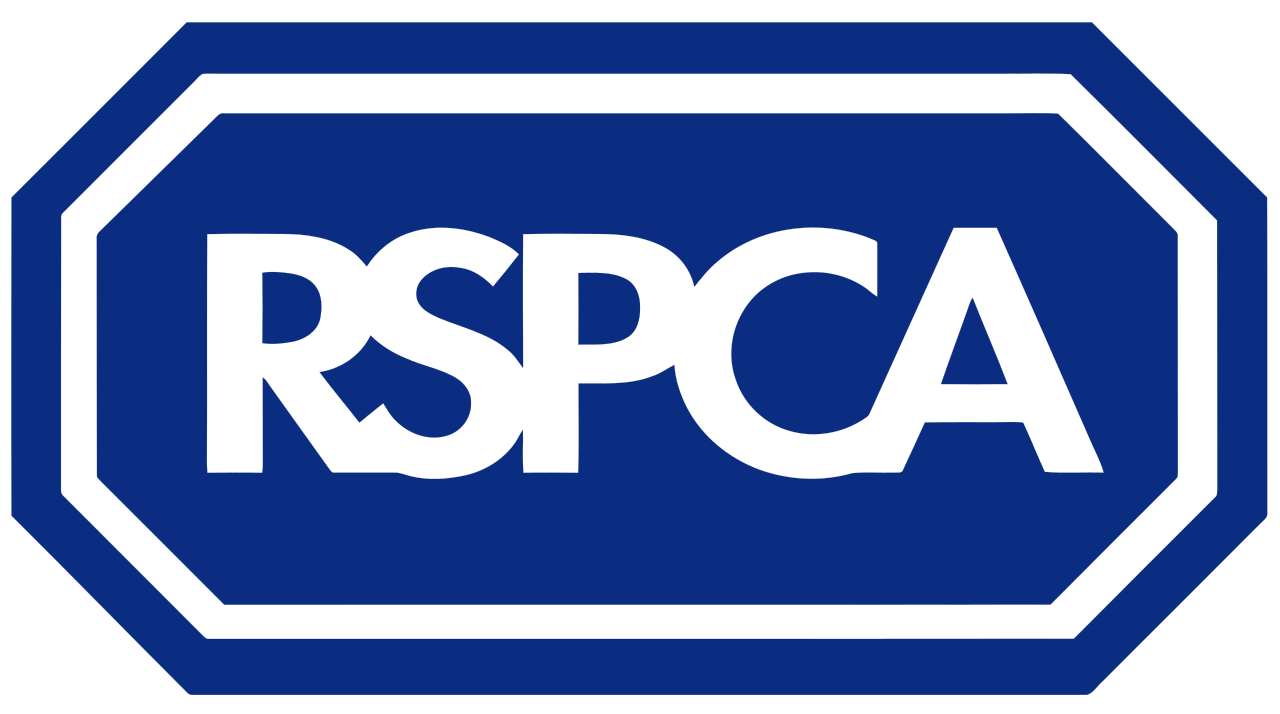Sit can be a useful behaviour to teach your dog and it can be a valuable exercise for dog guardians to attempt. Sit can be used in some instances, to replace an unwanted behaviour, such as jumping up when greeting new people. It can also be used as a starting point for other cues, such as wait/stay. It is a good cue to practice when you are first starting out in dog training, as it is simple and clear to train and is a very deliberate physical activity for your dog and so dogs usually pick it up quickly.
It is not necessary that you have a dog that sits on cue and some dogs are not able to sit comfortably, due to their physiology or health, but just like all cues, it has its uses.
STEP 1: Pop a tasty treat in front of your dog’s face and slowly move it upwards, luring the dogs gaze upwards. Continue this until your dog is looking upwards enough that they lean back into a sit. As soon as their bottom touches the floor, use your marker, and release the treat. Repeat this around 5 times.
STEP 2: Repeat the steps above, however, use an empty hand to lure your dog into the sit. As soon as their bottom touches the floor, use your marker and reward with a treat. Repeat this around 5 times.
STEP 3: Repeat the above steps, however this time, as you are luring your dog into a sit, introduce the cue word, “Sit”. Repeat this around 5 times.
STEP 4: Once your dog is getting it consistently, you can attempt to ask them for a sit, with a verbal cue alone and just use the use “Sit” without hand signals or luring.
STEP 5: To encourage your dog to stay in a sit for longer, or to start to teach a wait or stay cue, start delaying the marker and reward by short amounts of time, after they have performed the sit, to encourage them to keep their bottom on the floor and not spring out of the sit.
TOP TIPS
- When attempting this exercise in a new location, you may have to start at step 1 again and work though. Dogs are very literal learners. If an exercise is taught in one room, they can sometimes think that it only applies to that room and not everywhere they are asked to perform the behaviour. Practice in manly different locations around the house and outside (when your dog is ready). This applies for anything that we teach our dog.
- Make sure to get food out of your hand as soon as possible. We only want to be luring our dogs a handful of times with treats to give them the idea of what we want. Keeping food in our hand to long means our dog isn’t necessarily learning what is being asked, but just following the food.
- If your dog isn’t getting it, go back to the stage before for a couple more repetitions.

